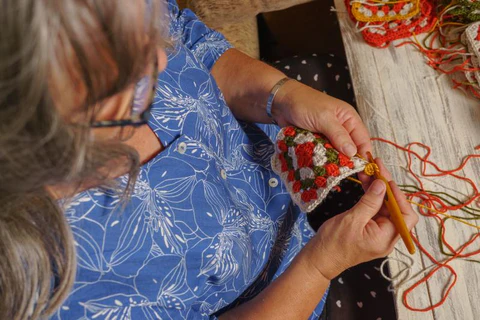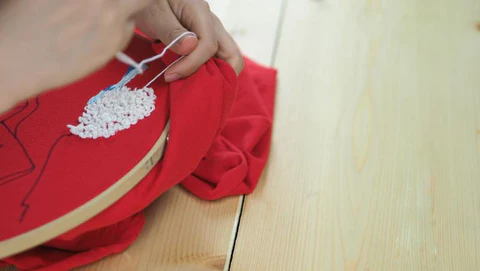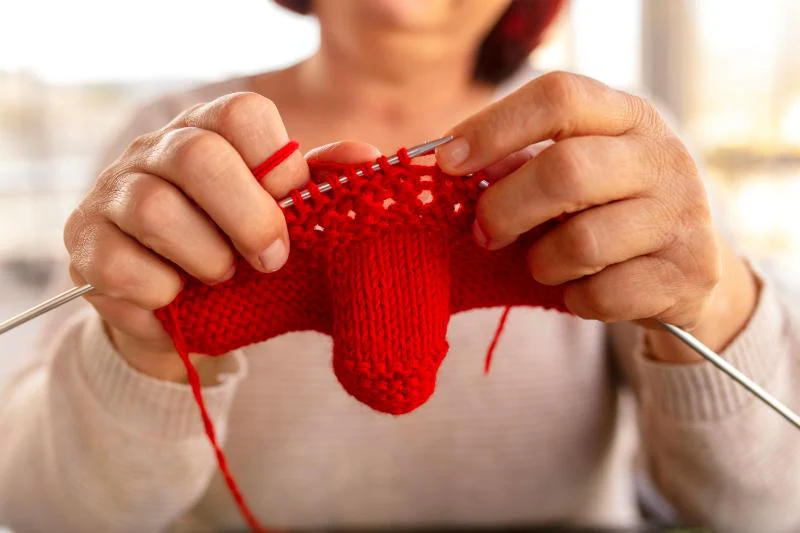Crochet
How We Crochet Our Products
Welcome to our blog post on how we crochet our products! If you’ve ever wondered about the intricate process behind creating our beautiful handmade toys and clothes, then you’re in for a treat. In this post, we’ll be delving into the world of crochet, uncovering the secrets and techniques that make our products so unique and special.
How We Crochet Our Products?
Crochet Toy
Step 1: Material Selection – Choose a soft, durable yarn suitable for toys, considering factors like safety and washability. Opt for hypoallergenic materials, especially for toys intended for infants or young children.
Step 2: Design and Pattern Creation – Develop a detailed design for the toy, considering its intended purpose and recipient age. Create or select a crochet pattern that aligns with the design, ensuring clarity and ease of understanding.
Step 3: Crochet Techniques – Begin with a slipknot and foundation chain, followed by basic stitches like single crochet, double crochet, and half-double crochet. Use techniques like amigurumi for creating three-dimensional forms, stuffing, and joining pieces seamlessly.

Step 4: Construction Process – Follow the pattern step by step to construct the body and components of the toy. Be mindful of tension consistency to maintain an even appearance. Use stitch markers to keep track of rounds and specific points in the pattern.
Step 5: Detailing and Embellishments – Securely attach safety eyes, noses, or mouths according to the design. Incorporate additional details like clothing, accessories, or features unique to the toy.
Step 6: Quality Control and Testing – Inspect each part of the toy for uniformity in stitching and adherence to the pattern.
Step 7: Finishing Touches – Secure all loose ends and weave in yarn tails discreetly. Address any imperfections or loose stitches with additional stitching.
Crochet Clothes
Step 1: Material Selection – Choose a suitable yarn for clothing, considering factors like comfort, breathability, and seasonality, such as cotton for summer garments or wool for winter wear.
Step 2: Design and Pattern Selection – Develop a detailed design for the clothing item, considering the garment type, size, and style, focusing on appropriate sizing and shaping. Consider additional elements like lacework or unique stitches for aesthetic appeal.
Step 3: Taking Measurements – Obtain accurate measurements for the intended wearer, ensuring a precise fit. Consider ease allowances based on the style of the garment. Adjust the pattern accordingly, especially if customizing an existing design.

Step 4: Crochet Techniques – Start with a foundation chain and use basic stitches like single crochet, double crochet, and treble crochet. Implement shaping techniques, such as increases and decreases, to achieve the desired fit. Incorporate stitch patterns and textures to enhance the visual appeal of the garment.
Step 5: Construction Process – Follow the pattern instructions systematically, creating panels for the front, back, sleeves, and any additional components. Pay careful attention to stitch count and pattern repeats to maintain consistency. Seam the individual components together, ensuring neat and secure joins.
Step 6: Fitting and Adjustments – Try the garment on or use a dress form to assess the fit. Make any necessary adjustments, such as modifying sleeve length or altering the neckline. Ensure that the garment hangs and drapes well on the wearer.
Step 7: Detailing and Embellishments – Add any desired embellishments, such as edging, buttons, or other decorative elements. Consider additional features like pockets, collars, or belts for added style. Incorporate unique stitch patterns or textures for visual interest.
Step 8: Quality Control and Testing – Inspect the entire garment for uniform stitching and adherence to the pattern. Check seams and edges for durability, reinforcing areas that may undergo stress. Verify that any added embellishments are securely fastened.
Step 9: Finishing Touches – Secure all loose ends and weave in yarn tails meticulously. Block the garment to shape it and enhance the stitch definition. Steam or wet block, depending on the yarn used and desired outcome.
In conclusion, crocheting is more than just a hobby or a business for us – it is a way of life. We pour our hearts into every thread and loop, creating pieces that not only serve a purpose but also bring warmth and happiness into people’s lives. We hope this blog post has given you a glimpse into our world of crocheting, and perhaps even inspired you to pick up a hook and start crafting your own creations.

